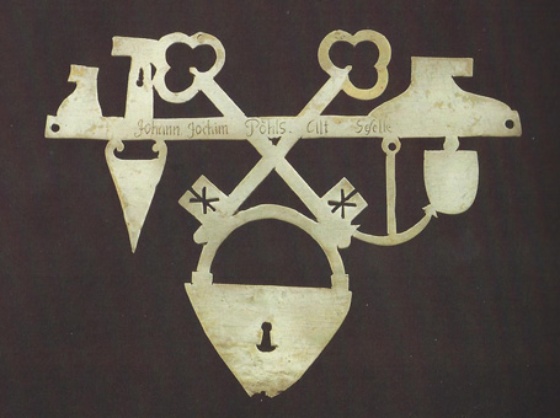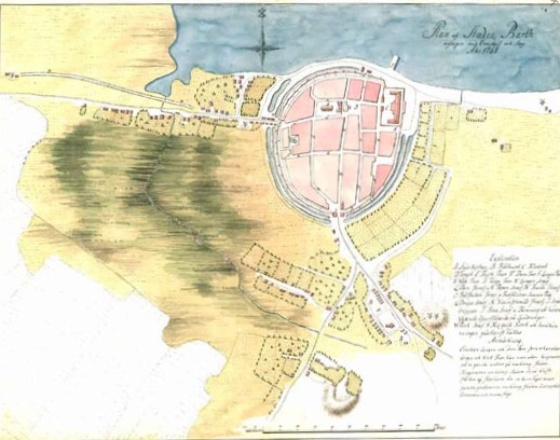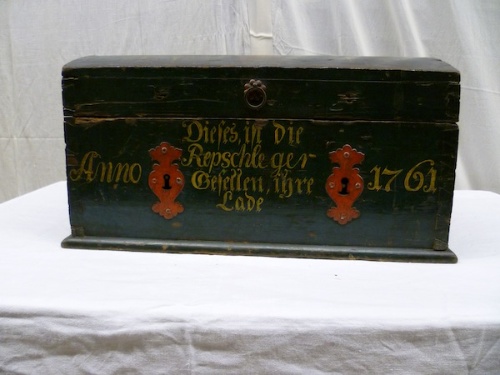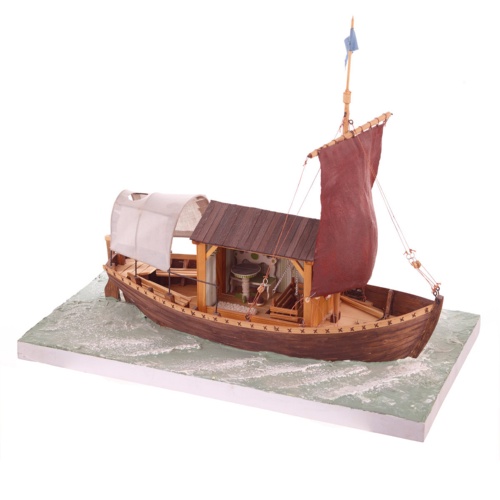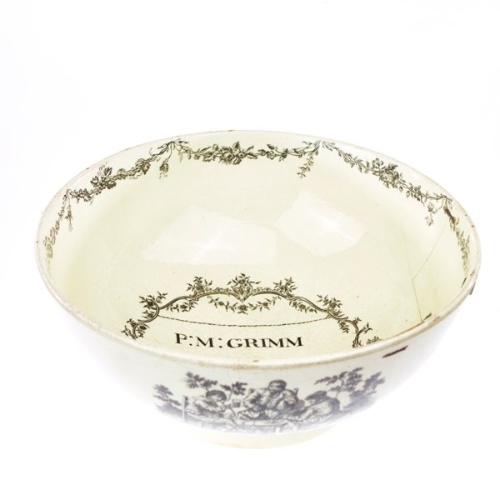After the Seven Years’ War (1757-1763) many merchants and craftsmen in the towns came into payment difficulties due to the devaluation of coins.
The export of foodstuffs created a shortage in Mecklenburg around 1800, which led to a rapid increase in prices. Land owners, farmers and merchants did not let the goods come onto the internal market and generated large profits from exports.
